Program on Science, Technology and Society at HarvardHarvard Kennedy School of Government | Harvard University |
||||||||
|
|

Imaginations of ResistanceImagination can be a mechanism for drawing together communities, but it can also be an expression of resistance. A potentially fruitful dimension of research in science and technology studies is to explore the genesis, development and consequences of alternative imaginations as they relate to sociotechnical projects and ambitions. The imaginaries of the state tend express and resincribe power. How do imaginations of resistance interact with these dominant belief systems? In what ways do they radically depart from dominant imaginaries (e.g. Arundhati Roy and James Scott); alternatively, are they appropriated and transformed from within (e.g. Steven Epstein)? What forms of politics are produced in each case? The texts in this section illustrate how social movements oppose or transform dominant sociotechnical imaginaries and how heterodox views about power are imagined and performed. 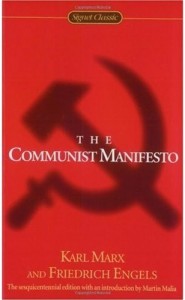
Karl Marx and Friedrich Engels. 1848. The Communist Manifesto. Marx and Engel’s classic and consequential text can be read as a critical re-imagination of the structures of market capitalism. Their analysis of the relations between capitalist modes of production (“modern industry”) and bourgeois notions of private property, autonomy, and family has many resonances with the concept of the sociotechnical imaginary. 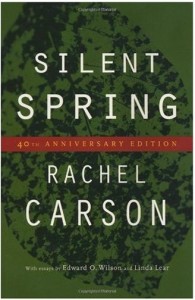
Rachel Carson. 1962. Silent Spring. Cambridge. The text that initiated the American environmental movement re-imagined industrialization as exploitative and destructive of biological life, rather than progressive and life-improving. This imaginary has remained a potent resource for nearly 50 years, drawing together a heterogeneous set of concerns and policy projects into a unified social movement. 
James C. Scott. 1985. Weapons of the Weak: Everyday Forms of Peasant Resistance. Yale University Press. Based on ethnographic field work in the village of Sedak in Malaysia’s Muda plain, this early but influential work explores the theme of resistance that runs prominently through Scott’s work. The book is relevant to an understanding of sociotechnical imaginaries because of its detailed investigation of how differently the rich and the poor experience and act upon the impacts of the Green Revolution. The book contests the idea that elite-created ideologies become hegemonic, showing that the poor maintain control over everyday forms of unorganized resistance. “Those with power in the village are not, however, in total control of the stage. They may write the basic script for the play but, within its confines, truculent or disaffected actors find sufficient room for maneuver to suggest subtly their disdain for the proceedings.” (p. 26)
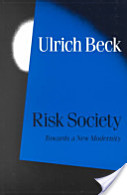
Ulrich Beck. 1992. Risk Society: Towards a New Modernity. Sage. Beck took the concept of risk—a now ubiquitous tool for defining, assessing and managing uncertainty—and re-imagined it as a socially constitutive dimension of modern life. In Beck’s view, the achievements of modernity have produced significant unanticipated consequences alongside intended outcomes. The newfound appreciation of the unanticipated which has emerged since the 1960s initiated what he calls a “second modernity,” a stage of social life in which uncertain consequences—and the efforts to imagine and manage them—have given rise to new forms of instability, politics, and institutions specifically intended to respond to uncertainty, thereby serving as a constant reminder of it. Beck critiques an imagination of progress that has engendered a politics of uncertainty along with institutions inadequate to imagining—and managing—the future. 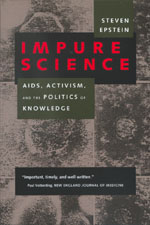
Steven Epstein. 1998. Impure Science. University of California Press. Epstein’s study describes how a community of activists appropriated the categories, discourses and practices of an expert community—AIDS researchers—to bring about their desired goals. It is an excellent study in how a dominant sociotechnical imaginary of the public good as expressed in biomedical research was appropriated by a marginal community to simultaneously achieve a set of political goals while at once bringing a marginal community into the mainstream. 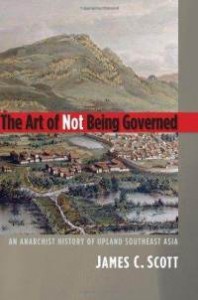
James C. Scott. 2009. The Art of Not Being Governed: An Anarchist History of Upland Southeast Asia. Yale University Press. This book, seen as a major contribution to the literature on state-making, also offers a radical inversion of the narrative of progress and civilization commonly associated with modern technological development. Scott relates how various fugitive groups that now reside in Zomia, the massive highland region spanning numerous South-East Asian countries, fled the predatory reach of the lowland states, choosing not to participate in their modes of civilization. The conclusion neatly sums up the argument and its relevance for work on sociotechnical imaginaries. “The valley imagination has its history wrong. Hill peoples are not pre- anything. In fact, they are better understood as post-irrigated rice, postsedentary, postsubject, and perhaps even postliterate. They represent, in the longue duree, a reactive and purposeful statelessness of peoples who have adapted to a world of states while remaining outside their firm grasp.” (p. 337)
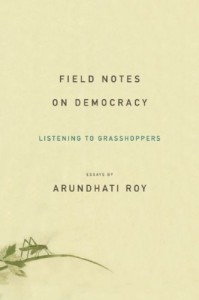
Arundhati Roy. 2009. Field Notes on Democracy. Haymarket Books. Novelist, activist, and social critic, Roy writes with eloquence and passion about the vast gulf that has opened up between the imaginations of the rich and the poor in contemporary India. She equates the elite imaginary of technology-driven development with violently extractive practices and marginalization, displacement, even extermination of the poor. Repudiating Gandhian non-violence, she imagines armed resistance as the only—indeed, the ethical—recourse for Indians wishing to reclaim democracy. |
|||||||



